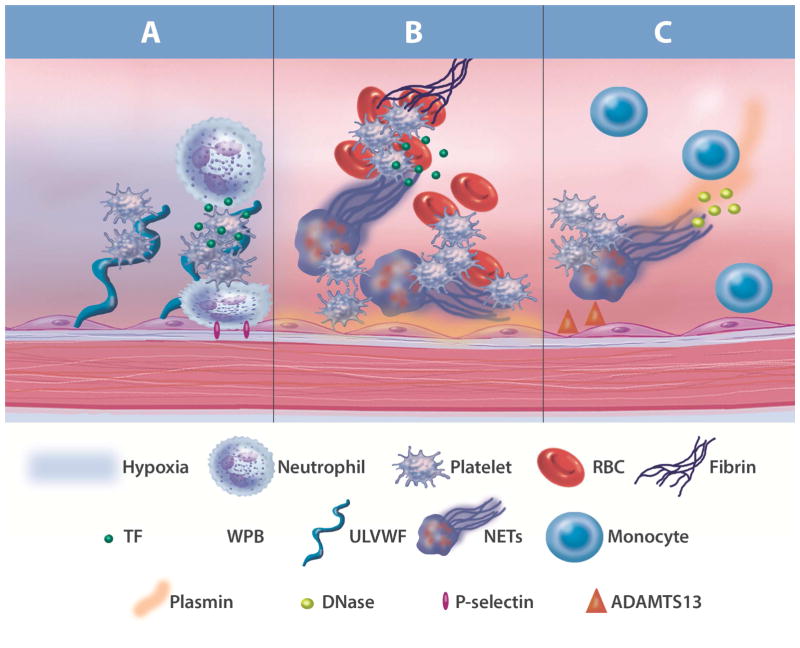Figure 1. NETosis Induces Vascular Damage.
Neutrophil extracellular traps (NETs) in the time line of deep vein thrombosis (DVT): a model. (A) DVT is initiated by local hypoxia and activation of endothelial cells (ECs) as a result of flow restriction/disturbances. Activated endothelium releases ultralarge von Willebrand factor (ULVWF) and P-selectin from Weibel-Palade bodies (WPB), which mediate platelet and neutrophil adhesion. Activated platelets recruit tissue factor (TF)–containing microparticles that enhance thrombin generation in the growing thrombus. (B) Activated platelets and endothelium or other stimulus induce NET formation in adherent neutrophils. NETs provide an additional scaffold for platelet and red blood cell (RBC) adhesion, promote fibrin formation, and exacerbate platelet and endothelial activation. (C) Plasmin, a disintegrin and metalloproteinase with a thrombospondin type 1 motif, member 13 (ADAMTS13), and deoxyribonuclease (DNase) mediate thrombolysis by degrading fibrin, ULVWF, and DNA, respectively. Monocytes/macrophages (Mø) release an additional source of DNase and generate plasmin and promote restoration of blood flow (10).

